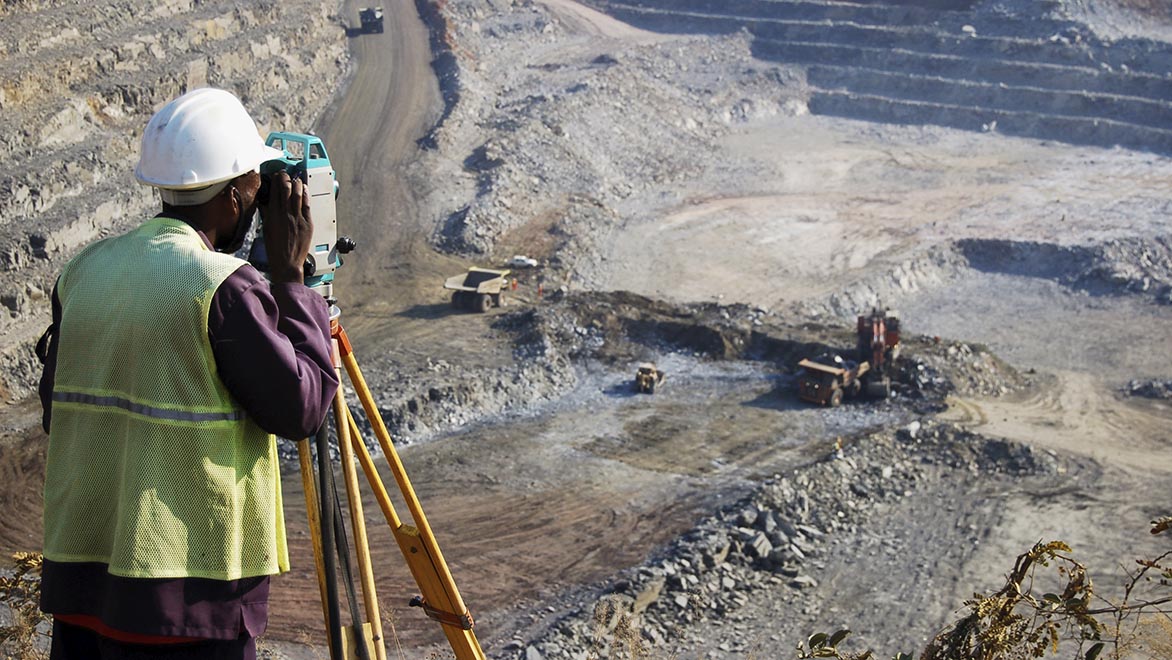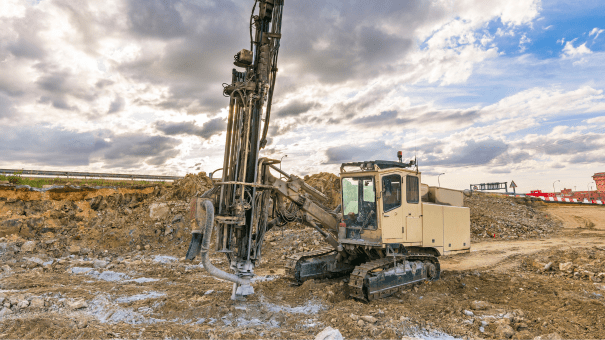An Extensive Summary of Geotechnical Design Techniques and Their Influence On Modern Civil Design Projects
Geotechnical design serves as the backbone of contemporary civil design, supplying important methods that address the complexities of subsurface conditions. The interaction of soil analysis, foundation design, and cutting-edge modern technologies shapes the stability and sustainability of facilities tasks.
Value of Geotechnical Engineering
Geotechnical design functions as an essential structure for civil design jobs, affecting the safety and security and stability of frameworks. This technique concentrates on the actions of soil and rock materials, supplying crucial insights that guide the style and construction processes. By comprehending the communication in between the planet and engineered structures, geotechnical designers can assess dangers connected with ground conditions, such as settlement, slope security, and liquefaction.
The relevance of geotechnical engineering expands beyond plain architectural stability; it plays a vital role in environmental protection and sustainability. Properly executed geotechnical evaluations make sure that projects lessen their ecological footprint and follow regulative requirements (geotechnical engineer description). Geotechnical engineering is critical in site choice, making it possible for engineers to recognize suitable locations for building that mitigate potential hazards.
Additionally, geotechnical engineering cultivates advancement in civil engineering by advancing methods for ground renovation, structure layout, and excavation. The discipline's payments are crucial in resolving obstacles presented by differing dirt problems, hence facilitating effective and safe framework development. Overall, the importance of geotechnical design is critical in guaranteeing that civil engineering projects are not only possible however additionally resilient versus natural and man-made difficulties.
Trick Techniques in Geotechnical Design

An additional important strategy is dirt stabilization, which entails changing soil homes to enhance load-bearing capability or reduce settlement. Techniques such as adding concrete, lime, or making use of geosynthetics are generally used to accomplish dirt enhancement.
Ground renovation strategies, consisting of dynamic compaction and vibro-replacement, are likewise crucial. These methods aim to densify loosened or soft dirts, enhancing their stamina and minimizing liquefaction capacity in seismic areas.
Retaining structures, such as sheet heaps and dirt nailing, are used to sustain excavations and protect against soil movement. Incline stabilization strategies, consisting of drainage systems and retaining walls, are important for minimizing landslide threats.

Dirt Evaluation and Testing Techniques
Effective soil analysis and testing approaches are critical for recognizing the chemical and physical residential or commercial properties of soil, which directly influence engineering choices. A comprehensive assessment of soil features is vital for anticipating habits under different loading problems and ecological impacts.
Common dirt screening techniques consist of both field and laboratory techniques. Area examinations, such as the Standard Penetration Examination (SPT) and Cone Infiltration Test (CPT), provide immediate understandings into dirt stratification, thickness, and toughness. These tests assist designers examine site conditions successfully before more considerable lab evaluations.
Lab screening methods, such as Atterberg limits, grain dimension distribution, and look at here now compaction examinations, are important for figuring out soil plasticity, dampness web content, and optimum compaction levels. Furthermore, advanced techniques like triaxial tests and combined undrained (CU) tests supply useful data on shear strength and efficient stress and anxiety parameters - geotechnical specialist.
Chemical screening, including pH, electric conductivity, and natural web content evaluation, is also vital for recognizing potential soil contamination and its effect on construction materials. Collectively, these soil evaluation and testing methods create the foundation of educated decision-making in geotechnical engineering, making sure the security and security of modern-day civil design projects.
Structure Style Approaches
Structure layout techniques are crucial in making sure the security and longevity of structures. These approaches can be categorized into deep and shallow structures, each suited to certain soil conditions and filling scenarios. Shallow structures, such as spread grounds and mat structures, are normally made use of when surface soils have sufficient bearing capability. They disperse the tons over a larger area, decreasing settlement threats.
In contrast, deep foundations, including piles and pierced shafts, are employed when surface soils are weak or poor for sustaining the framework. These foundations transfer loads to deeper, a lot more stable soil or rock layers, making them necessary for skyscrapers and bridges in tough geotechnical problems.
Picking the appropriate structure style involves detailed geotechnical investigations, including soil make-up, birthing capacity, and groundwater conditions. Designers have to consider variables such as index negotiation, side tons, and potential seismic task to make sure the foundation's efficiency over time.
Inevitably, a well-executed structure layout is an essential facet of civil engineering, straight affecting the safety, sturdiness, and functionality of structures. geotechnical engineer description. By straightening foundation kinds with site-specific conditions, Click This Link engineers can successfully minimize risks connected with foundation failing
Advancements Shaping Civil Engineering

Lasting products, such as high-performance concrete and recycled accumulations, are also gaining grip, promoting environmentally friendly methods while keeping structural stability. Additionally, progressed geotechnical strategies, such as ground improvement and deep mixing approaches, are enhancing the stability of foundations in challenging soil conditions.
Furthermore, the use of drones and remote noticing innovation is boosting site checking and keeping an eye on, providing real-time data that aids in handling building and construction development and safety. The implementation of ingenious building methods, such as premade and modular construction, further speeds up task timelines and lowers waste. Jointly, these technologies are not only transforming civil engineering methods yet also guaranteeing that contemporary facilities satisfies the needs of a growing global populace while attending to ecological issues.
Verdict
In conclusion, geotechnical design techniques are integral to the success of modern civil design tasks. By utilizing these techniques, designers can minimize risks and add to the advancement of resilient urban environments, eventually fostering sustainable growth and security in civil design practices.
Geotechnical engineering offers as the backbone of contemporary civil design, offering essential strategies that address the complexities of subsurface problems.Geotechnical design serves as an essential foundation for civil engineering tasks, affecting the safety and security of structures.In enhancement, geotechnical engineering cultivates innovation in civil design by progressing strategies for ground renovation, foundation design, and excavation. On the whole, the significance of geotechnical engineering is critical in making sure that civil engineering jobs are not just possible but likewise durable against manufactured and all-natural adversities.
In conclusion, geotechnical engineering techniques are integral to the success of contemporary civil engineering projects.
Comments on “Geotechnical Engineer Description: What to Get out of These Specialists”